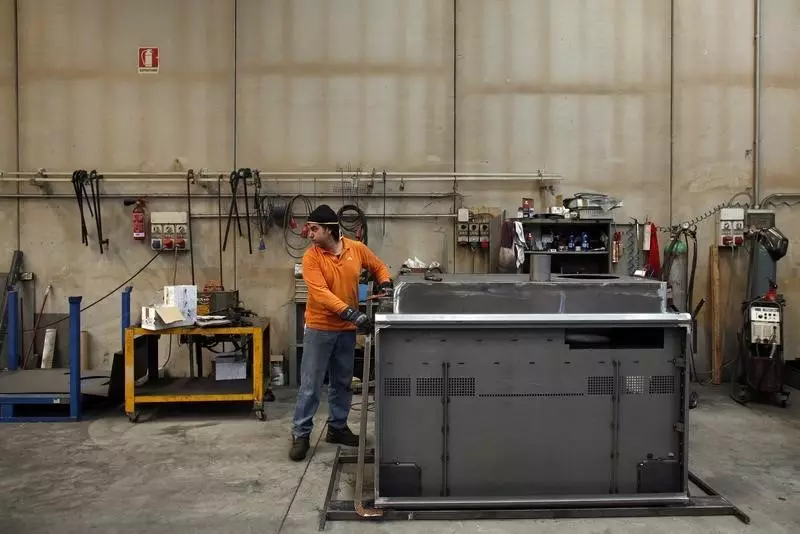The notion of a significant manufacturing resurgence in the United States has become a focal point in political discourse in recent years. Both the current and previous administrations have put forth ambitious plans to revitalize the manufacturing sector through initiatives such as tariffs, tax incentives, and government investments. However, data suggests that U.S. manufacturing has been on a gradual decline for decades. While certain sectors like semiconductors have shown modest growth, the overall median output across sub-industries has seen a decline of 20%. This indicates that the apparent recovery in manufacturing is concentrated in a few industries, leaving the majority of the sector stagnant and struggling to adapt to changing economic landscapes.
Despite a gain of 1.5 million manufacturing jobs since 2010, the sector continues to witness a secular drop in employment, with only 8% of the workforce engaged in manufacturing. The long-term decline in manufacturing employment raises doubts about the feasibility of a full-fledged industrial revival. Moreover, while there has been an increase in manufacturing investments, they have been mainly limited to specific industries like semiconductors, with overall capital investment stagnating. This lack of capital accumulation has resulted in diminishing productivity within the sector, further hindering any potential resurgence.
The challenges facing U.S. manufacturing extend beyond investment and productivity issues. Economies around the world are transitioning from industrial-based growth to service-driven economies, reflecting changing consumption patterns and diminishing the significance of manufacturing. Even countries like China, often seen as a manufacturing powerhouse, have experienced a decline in their manufacturing share of GDP. This broader economic shift makes attempts to revitalize U.S. manufacturing challenging and counterproductive. High-income countries like the U.S. would need to heavily rely on exporting manufactured goods to drive significant manufacturing expansion, a model that has not necessarily led to higher income growth in other industrial nations.
One of the major hurdles in achieving a manufacturing revival in the U.S. is the high labor costs compared to other nations. Despite American workers being significantly more productive than their Chinese counterparts, they earn substantially higher wages. This wage disparity makes it difficult for U.S. companies to compete in labor-intensive industries, leading to a concentration in specialized, high-value industries such as aerospace and medical devices. Industries requiring more labor have shifted operations to lower-cost countries like Vietnam and Cambodia, further challenging the prospects of a broad-based manufacturing revival in the U.S.
The Political vs. Economic Realities
Much of the discourse surrounding a manufacturing renaissance in the U.S. is influenced more by political motives than economic realities. Policies aimed at revitalizing domestic manufacturing have yielded limited results, with initiatives like tariffs and investment acts focusing mainly on specific sectors like semiconductors. The lack of skilled labor to meet advanced manufacturing demands, bureaucratic red tape delaying large-scale investments, and the failure of policies to deliver tangible benefits for industrial stocks highlight the disconnect between political promises and economic outcomes in the manufacturing sector.
While the narrative of U.S. manufacturing resurgence remains politically charged, a new trend of “friend-shoring” is gaining prominence. U.S. companies are increasingly relocating production to countries with comparable wage levels and economic conditions as China, but with reduced geopolitical risks. Nations like Vietnam, Malaysia, Mexico, and India are expected to benefit from this trend as companies diversify their supply chains. This global realignment presents new opportunities for investors, even as the vision of a domestic manufacturing renaissance in the U.S. remains elusive.

